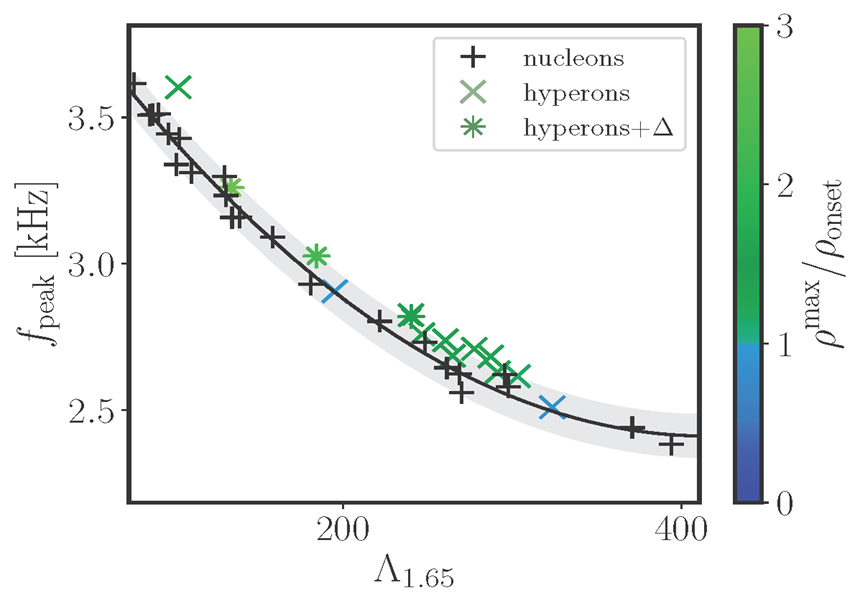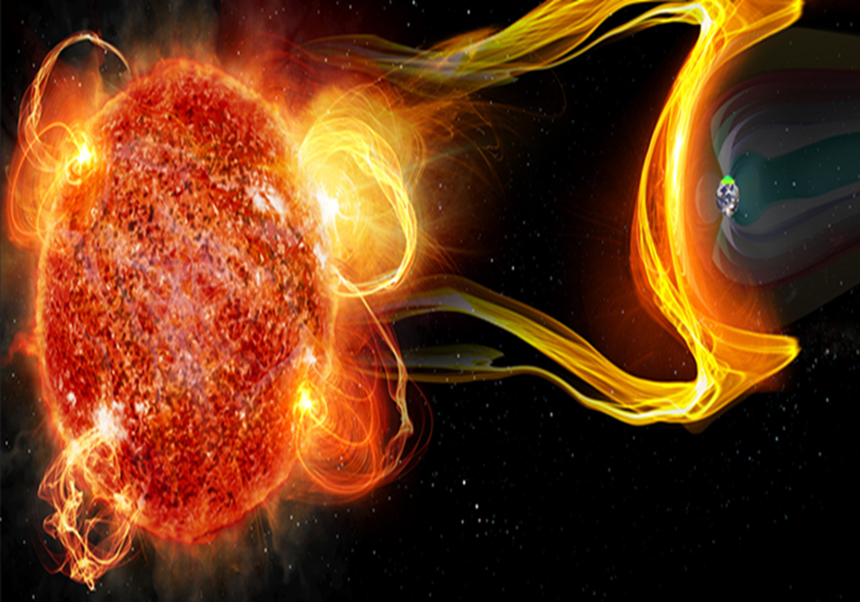Talks at the DAA by matteo Bugli, from the CEA Saclay - IRFU/DAp, France.
Place: Seminar of the Departament of Astronomy and Astrophysics, 4th floor of the Research Building, at Burjassot. Date: Fryday, 1st of June 2018. Time: 12:00.
ABSTRACT:
Geometrically thick tori have been widely used in the last decades to model accretion flows onto black holes. They are prone to develop a number of different instabilities, but the most important is certainly the magnetorotational instability (MRI), which triggers transport of angular momentum outwards on dynamical time-scales and the onset of MHD turbulence.
However, hydrodynamic tori are also known to be unstable to the so-called Papaloizou-Pringle instability (PPI), which leads to the growth of large-scale non-axisymmetric modes that could in principle produce a detectable gravitational wave signal.
Using 3D GRMHD simulations, we investigated the competition between these two instabilities considering a range of different magnetic field strengths and spectra of the initial perturbations, verifying how the action of non-axisymmetric MRI effectively suppresses the growth of the m=1 azimuthal mode selected by the PPI (although a transient growth of large-scale modes may still occur).
However, relaxing the ideal MHD approximation and introducing the effects of a turbulent resistivity can inhibit the onset of the MHD turbulence, hence allowing for a significant development of the hydrodynamic instability.












